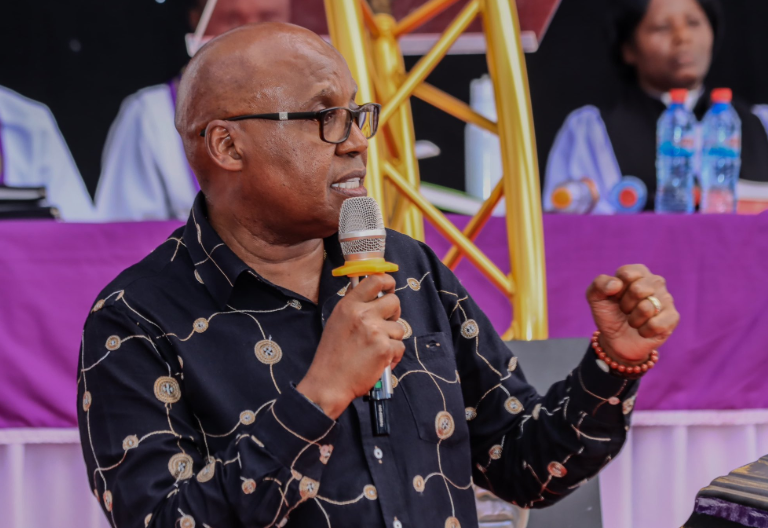Individual homes construction keeps architects’ work afloat

Wachira Macharia, the design director at Buni Design, a multi-disciplinary architectural and interior design firm, talks about business amidst Covid-19 and what you need to know before you hire an architect for your project.
Harriet James @harriet86jim
What inspired you to be an architect?
I was a fine artist all through primary school and high school. Architecture presented the path to the most ‘parent approved’ career an artist would take hence I went to the Jomo Kenyatta University of Agriculture and Technology to study the course.
Buni Design is five years old now having worked for six years in another architectural firm, Triad Architects.
I began my own business as I was inspired to create meaningful architecture and have financial independence with flexible time for family.
How has it been running the business during this period of the pandemic?
Initially, it was a shock to the system as all major projects and clients went silent. We maxed out leave days as we strategised on how our next course of action would be.
Afterwards, we pivoted the business towards individual home builders (private developers).
This move has paid off as currently this is the sector in real estate that has been fairly resilient to the effects of the pandemic.
Despite the fact that they don’t pay as highly as the corporate clients, we still have income and have been able to maintain our staff and still pay them as we initially did. We thank God.
Has it been costly adapting to the new norm?
Before the pandemic, we already had measures put in place for some of us to work remotely so it didn’t hit us as much, as we had already invested in the systems as a way to work effectively from site.
Some of the measures that we have set include going digital. For instance, having a Google suite (cloud storage and email) and Hubstaff (work monitoring).
We also have minimised site visits, but generally we are able to work from home. In a bid to provide better service to individual home builders, we expanded our firm to include structural engineering design (as an independent service) but also added mechanical and electrical engineering as well as quantity surveying. By doing this we now offer an in-house full consortium service.
This helps give our clients a one stop shop for construction design services at affordable rates.
Why is it vital to have an engineering (structural, mechanical and electrical) professional in the industry?
The idea behind having this bit in our business was to provide affordable professional services.
Structural design is critical for statutory and basic construction reasons. The main reason it’s necessary to include these services is to create a design pack that is efficient and affordable.
This is contrary to the popular notion that a good engineer is the one that figures out the cheapest way to make something work safely.
We are constantly having internal discussion on how to build beautiful homes with the least materials.
What should someone look out for
when choosing the best professionals to construct their home?
The best place to start with is the papers. People should always ensure that the professionals can show a profile with valid practicing certificates since currently the individual home builders market is flooded by quacks.
Quacks in this case are fundi’s masquerading as architects. Unfortunately, because of this, they repeat the same mistakes made in previous constructions.
Their inexperience also makes all homes look alike with the same inherent problems.
Architects in Kenya have been accused of doing a copy-paste kind of job. Why is this a recurring issue?
Based on my observations, I honestly feel that it’s a combination of two issues. The first is that the clients are to blame.
Most clients come saying, “I want a house like that one …” they are never decided on what they want.
I feel that clients are either not exposed enough to want more or brave enough to try a design they haven’t seen with someone else and that places architects in a very difficult situation as they have to repeat designs simply because a client has requested it.
I also blame it on lazy designers who like the easy route of copy and paste. Some don’t want to think and advise their clients, and this is affecting the industry. Having said that, copy paste is not entirely bad.
Actually, great ideas should be replicated and improved. We don’t need to reinvent the wheel every day.











